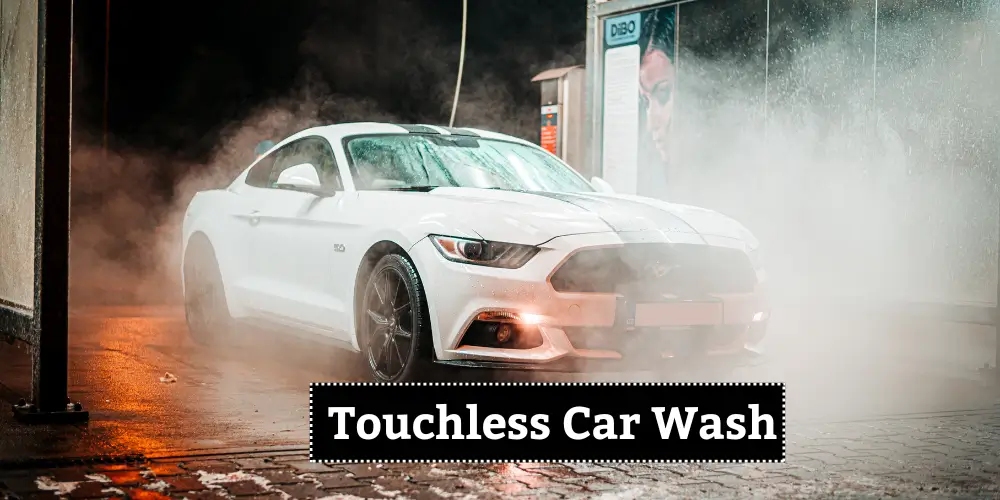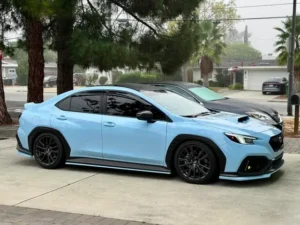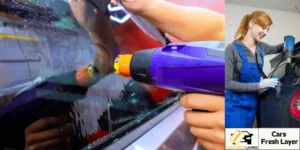Car lovers! If you’re on the hunt for an efficient way to keep your car spotless, you’ve probably come across the term “touchless car wash.” But before you dive, you might ask yourself a few key questions.
You’re likely thinking about convenience, who doesn’t want a quick wash that fits into a busy schedule? At the same time, you might be concerned about your car’s paint job. But it’s not just about saving time.
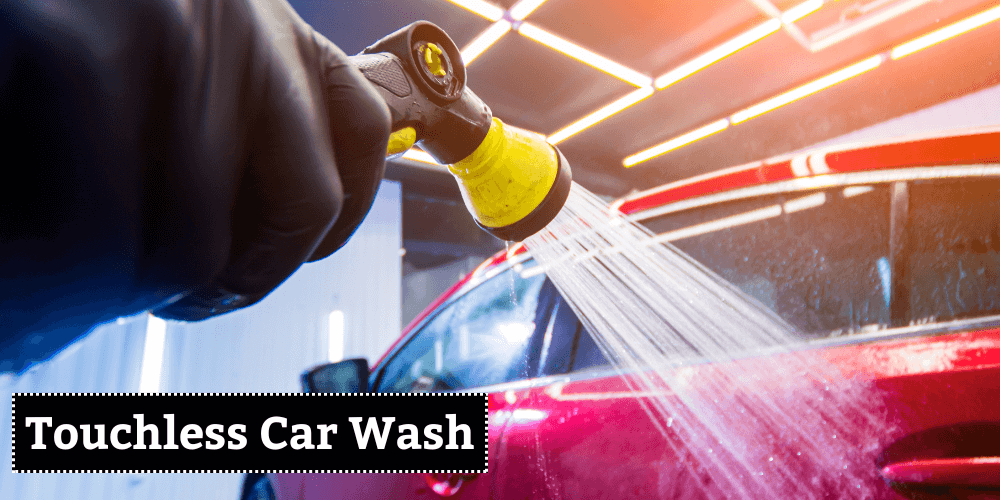
After all, the last thing you want is to see scratches or swirl marks after a wash. Plus, let’s be honest: it’s not easy to find a touchless car wash that consistently delivers top-notch results. With so many options for car wash out there, how do you know which one to trust?
Then there’s the issue of cost. Are you getting value for your money with a touchless wash? And what about those stubborn stains and dirt that seem to stick to your car like a bad habit? Can a touchless wash really tackle those tough spots?
You’re not alone in these thoughts. Many car owners share similar concerns, and it’s important to address them before making a decision. In this guide, we’ll dive deep into the ins and outs of touchless car washes, helping you understand their advantages, limitations, and whether they’re the right choice for you.
So, what motivates you to seek out touchless car washes? Perhaps you’re looking for a modern solution that aligns with today’s hygiene standards, especially after the pandemic COVID-19. Or maybe you’re environmentally conscious and want to choose a washing method that uses less water and promotes sustainability.
Whatever your reasons may be, we’re here to help you make informed decisions about maintaining your vehicle’s appearance while addressing any concerns you might have.
What can a touchless wash offer that traditional methods can’t?
Table of Contents
ToggleWhat is a Touchless Car Wash?
A touchless car wash, also known as a frictionless or brushless car wash. This is an automated car wash that uses high-pressure water jets and strong chemical cleansers.
They help clean a vehicle’s exterior surface without physical contact. An exterior car wash is important for a high and glossy look.
This method is becoming increasingly popular among car owners due to its gentle yet effective cleaning process.
How do car washes work?
Initial water spray and pre-soak solution
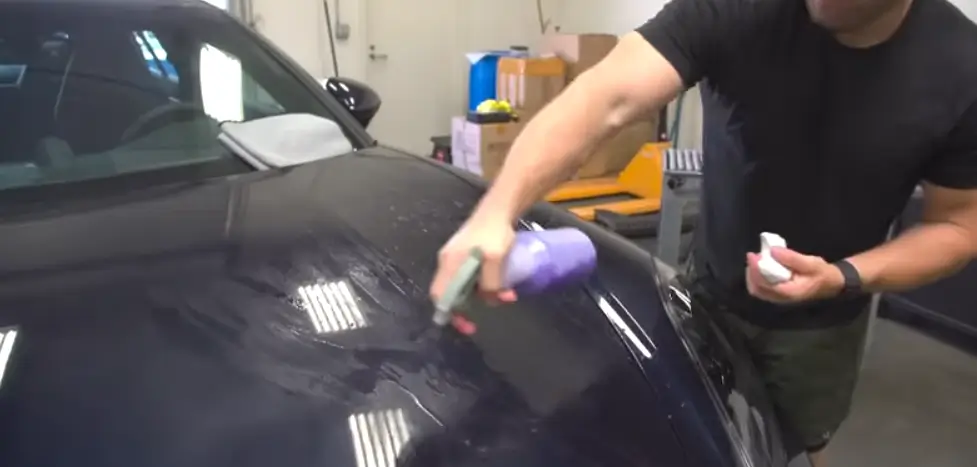
High-pressure water jets for cleaning
Rinsing and drying methods
Technology Used
Sensors for vehicle positioning
Types of cleaning agents utilized
Touchless car washes use specialized equipment and technology to thoroughly clean the exterior of a vehicle without brushes or other physical contact.
The process typically starts with pre-soaking the vehicle with a powerful detergent solution, followed by high-pressure water jets (often around 2200 psi) that rinse off any loose dirt or debris.
Mention any specific stages, like pre-wash, chemical application, rinse, and drying.
Subsequently, the car passes through an archway where more powerful water jets efficiently remove any remaining grime.
Rise of Touchless Car Washes
The rise of touchless car washes can be attributed to several key factors that align with modern consumer preferences and technological advancements.
In touchless car washing, we use high-water jets and specialized detergents. They remove scratches and dirty marks that happen because of traditional friction washes. This is particularly attractive for car owners with luxury or delicate vehicles.
Touchless Car Wash vs. Traditional Car Wash
| Feature | Touchless Car Wash | Traditional Car Wash |
|---|---|---|
| Physical Contact | No | Yes |
| Cleaning Agents | Advanced, eco-friendly | Standard |
| Water Usage | Lower (up to 50% less) | Higher |
| Maintenance Costs | Lower | Higher |
| Time Efficiency | High (5-10 minutes) | Moderate (30 minutes) |
| Availability | Limited availability | Widely available |
| Cleaning Method | Uses high-pressure water | Uses brushes, sponges, or cloths |
| Risk of Paint Damage | Lower risk | Higher risk of scratches |
| Risk of Damage | Minimal (no brushes or cloths) | Higher (risk of scratches and damage) |
| Hygiene and Sanitation | Reduces bacteria | Can sanitize but may require more cleaning products |
| Gentleness on Car Finishes | More gentle | Less gentle |
| Environmental Friendliness | More environmentally friendly | Less environmentally friendly |
| Suitability for Luxury Cars | Ideal for high-end cars to avoid damage | Can be risky if not using soft brushes or proper techniques |
| Convenience | More convenient | Less convenient |
| Cost | Generally more expensive | Generally less expensive |
Ideal Situations for Both Type of Car Wash
Recommended situations where each type of wash would be ideal.
Touchless Car Wash
Ideal For: Car owners who prioritize vehicle maintenance and those with delicate paint finishes.
- Avoid touching the car’s surface to preserve wax or sealants.
- Deep cleanings, especially in winter when salt and grime build-up.
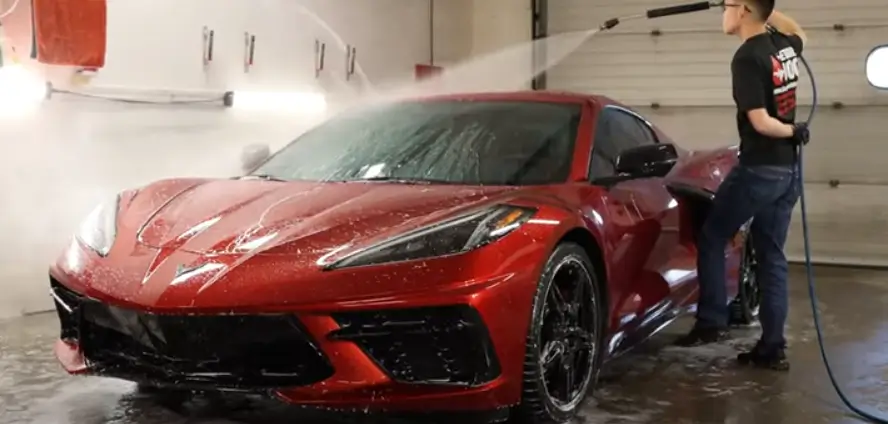
Hand Wash and Detailing Service
Ideal for: Owners of luxury or classic cars and those preparing vehicles for exhibitions.
- Recommended for high-end cars needing special care and attention.
- Ideal for cars needing a thorough cleaning and detail before a show or sale.
Touchless & Soft Touch Car Wash
The main difference between touchless and soft-touch car washes is their cleaning methods and effectiveness:
Here’s a comparison table highlighting the differences between them:
| Feature | Touchless Car Wash | Soft-Touch Car Wash |
|---|---|---|
| Cleaning Method | High-pressure water jets and detergents | Gentle cloths and foam brushes |
| Contact with Vehicle | No contact | Physical contact with the vehicle surface |
| Effectiveness | Less effective on tough dirt and grime | More effective at removing stubborn dirt |
| Risk of Scratches | Minimal risk | Potential risk if dirt is not emulsified |
| Environmental Impact | Generally uses less water | May use more water due to rinsing |
| Maintenance Requirements | Low maintenance | Requires regular upkeep of cleaning materials |
| Best For | Lightly soiled vehicles | Heavily soiled vehicles |
Benefits of Touchless Car Washes
Reduced Risk of Scratches
Traditional car washes use brushes that can leave tiny scratches or marks on your car’s paint.
Conversely, touchless washer systems use high-pressure water and cleaning agents, avoiding direct paint contact and reducing damage risk.
Water Conservation
These systems are incredibly efficient in water usage, consuming up to less water than traditional car washes.
Many touchless car washes also contain water recycling systems and consume 125 liters per car wash. Moreover, they are improving their environmental sustainability. That’s why we call it a waterless car wash.
Time-Efficient
A typical touchless car washes can be completed in about 5-10 minutes. It makes it a quick option for occupied individuals who need a fast yet effective cleaning solution.
Convenience and Accessibility
Speed and efficiency compared to traditional washes. This touchless car wash can operate continuously throughout the day and year, regardless of weather conditions. This makes them a reliable option to wash cars for customers at any time.
Environmental Considerations
Water recycling and reduced water usage. The reduced water usage and the ability to use biodegradable detergents contribute to a smaller ecological footprint.
Touchless car washes are eco-friendly car washes. They align with the growing consumer demand for eco-friendly practices in various industries.
Cost Efficiency for Businesses
Lower operational costs due to less water and energy consumption. While the price may be similar to traditional car washes, touchless systems often lead to lower long-term maintenance costs.
Fewer moving parts require repair or replacement, which can translate into savings for both operators and customers.
Versatility
Touchless systems can accommodate various vehicle sizes and types without manual adjustments. It makes them suitable for both standard cars and larger vehicles like SUVs or trucks.
Safe for Delicate Paint Finishes
Custom paint jobs, matte finishes, and vinyl wraps can be sensitive to abrasive washing methods. Touchless car washes are gentler, making them safer for unique or delicate finishes.
Great for Winter Maintenance
In colder climates, a touchless wash can quickly remove road salt, which can be corrosive over time. It’s a practical way to maintain your car’s condition in winter, without the risk of frozen brushes or lingering salt deposits. Automatic car wash maintains your car better.
Common Myths and Misconceptions
Automatic Car Washes Do Not Clean as Well
They are addressing the belief that touchless washes are less effective. A prevalent misconception is that these car washes are less effective than traditional brushes.
Touchless car systems use strong cleaning agents and high-pressure water jets to dissolve dirt and grime without scrubbing the vehicle, resulting in a clean finish.
They Use Harsh Chemicals
Some consumers worry about the chemicals used in touchless washes. While these systems use cleaning agents, they are typically formulated to be safe for vehicle surfaces and the environment.
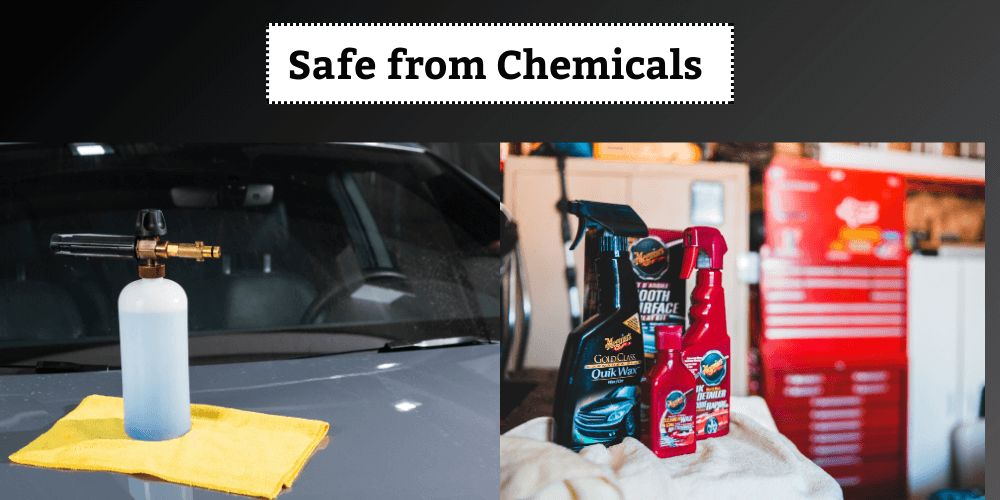
Particularly when compared to household detergents, such as dish soap and shampoo, which may harm paint finishes.
Wastage of Water
Another myth is that touchless car washes use more water than traditional washing methods. Contrary to popular belief, touchless washing methods are engineered to maximize water efficiency and are referred to as waterless car washes.
They often use significantly less water compared to manual washes. They can use advanced technology to recycle water, making them more sustainable car wash options.
Touchless Washing is More Expensive
Many believe that using a touchless car wash is more expensive than manual washing at home. The efficiency and lower labor costs of touchless systems often make them a more economical choice in the long run.
Disadvantages Of Touchless Car Wash
Limited Cleaning Power
Challenges with stubborn grime and dirt
Chemical Concerns
Potential damage from aggressive cleaning agents
Cost Implications
Higher prices compared to standard car washes
Best Practices for Using Touchless Car Washes
Choosing Quality Products
Importance of selecting appropriate detergents and waxes
Frequency of Use
Recommendations on how often to use touchless washes versus traditional methods
Who Should Use a Touchless Car Wash?
Identify which types of car owners or vehicles would benefit most (e.g., those with luxury finishes, car owners in urban areas, etc.).
Provide examples of car conditions that might not suit touchless washes.
Conclusion
Touchless car washes offer a convenient and gentle way to keep your vehicle clean, particularly for those with delicate or luxury finishes. They save time, reduce the risk of scratches, and use less water, making them a more eco-friendly choice.
However, they may struggle with heavy grime and can be more expensive than traditional methods. Car owners should consider these factors alongside their cleaning needs and preferences, before choosing this method over traditional washes.

